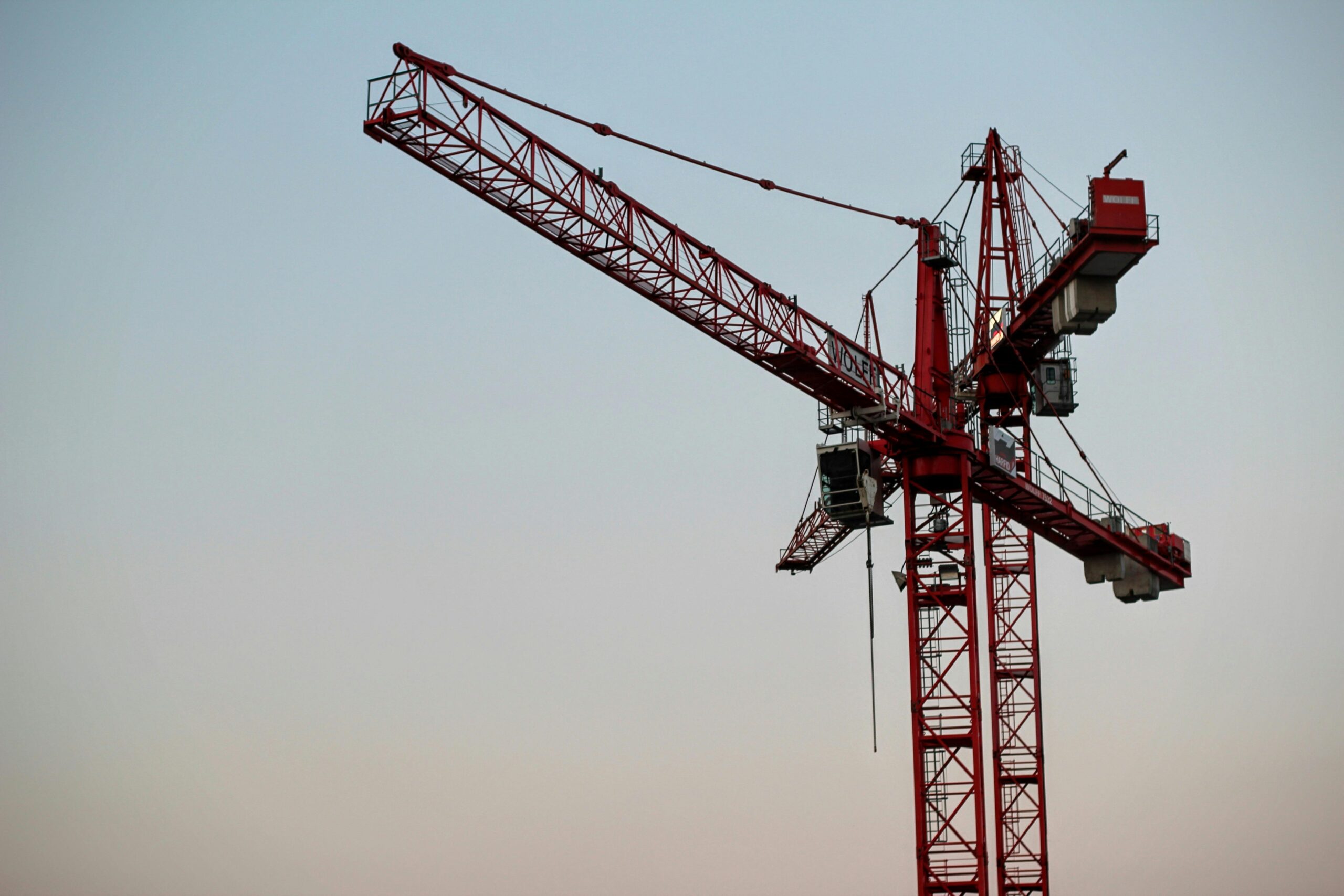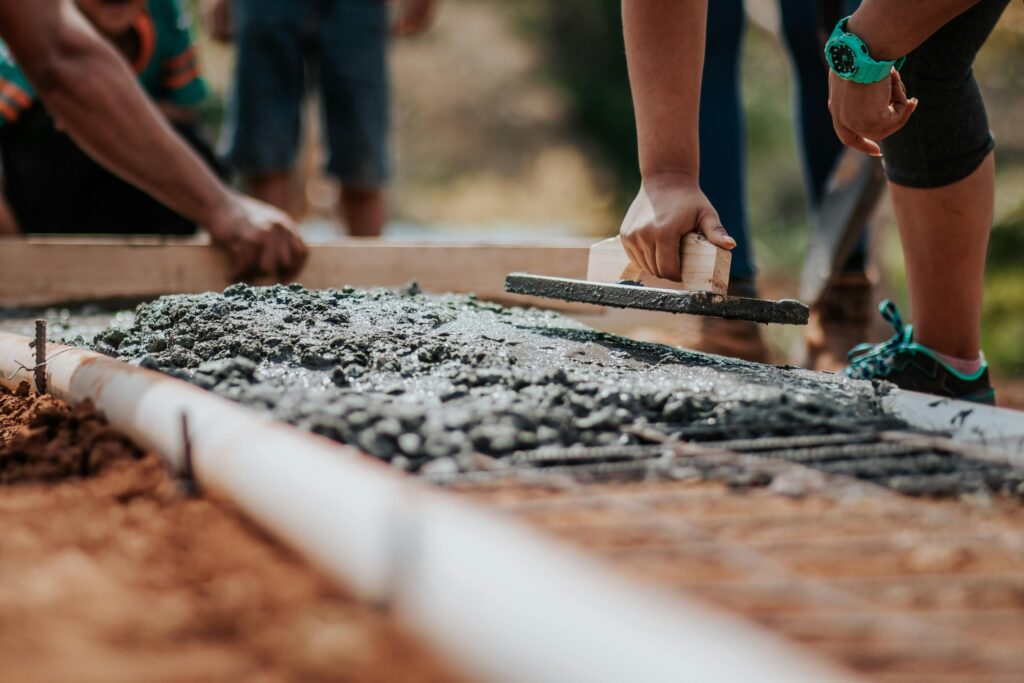Backed Over Construction Site Dump Truck
Backed Over Construction Site Dump Truck are among the most hazardous work environments, with heavy machinery, elevated structures, and complex workflows. Among the many dangers present, one of the most deadly yet preventable is being backed over by a dump truck. Dump trucks are massive, powerful machines used for transporting loose materials like sand, gravel, or demolition waste. While they are essential for progress on construction sites, their large blind spots and heavy weight make them extremely dangerous when reversing. Workers who unknowingly walk behind a reversing dump truck can suffer serious injuries or fatalities, especially when visibility is poor and safety measures are lacking.
Backover incidents involving dump trucks occur more often than many realize. The Occupational Safety and Health Administration (OSHA) classifies backover accidents as a major cause of fatal injuries in the construction industry. In most cases, these tragic events could have been prevented with the right safety protocols and equipment in place. Understanding how and why these accidents happen is the first step toward building a safer construction environment.
Why Dump Trucks Pose a High Risk on Construction Sites
Dump trucks are designed to haul massive loads, and this requires a large, often unwieldy frame. These vehicles are typically elevated, meaning that the driver’s seat is situated high above the ground. While this design is optimal for carrying materials, it creates significant blind spots, especially directly behind the truck. A construction worker walking behind the truck may be entirely invisible to the driver. Even if the truck is equipped with rear-view mirrors, these often do not provide full coverage of the blind zones.
In addition to their size, dump trucks are also extremely heavy. Even a slow-moving dump truck can cause fatal injuries if it backs over a worker. These vehicles require a considerable stopping distance, and sudden halts may not be enough to prevent a collision if someone suddenly appears in the rear path. Combined with loud construction noise and potential driver fatigue, the risks become even more pronounced.
Common Causes of Backed Over Construction Site Dump Truck
Several factors contribute to the frequency of backover incidents on construction sites involving dump trucks. One of the most common causes is poor visibility. Construction sites are often cluttered, making it difficult for both drivers and pedestrians to navigate safely. Dust, equipment, building materials, and inadequate lighting can all obscure sightlines, especially during early mornings or late evenings.
Another major factor is the lack of proper signaling or communication between equipment operators and ground workers. In many cases, a spotter is not used, or if present, the spotter may not be in the correct position to guide the driver effectively. Sometimes, there is confusion about who is responsible for ensuring the rear zone is clear, leading to dangerous assumptions.
Mechanical failures also play a role in some backover incidents. Faulty backup alarms, worn-out brake systems, or malfunctioning cameras can prevent drivers from receiving the warnings they need. Furthermore, inadequate training or complacency among workers may lead to unsafe behaviors, such as walking behind a reversing truck without checking for movement.
The Importance of Backup Alarms and Technology
Backup alarms are required by OSHA on many types of construction equipment, including dump trucks. These audible alarms emit a loud beeping sound when the truck is in reverse, alerting nearby workers of potential danger. However, over time, workers may become desensitized to these alarms due to constant noise on the job site. This makes them less effective unless paired with other safety measures.
To enhance safety, many construction companies are turning to more advanced technologies. Rear-view cameras, proximity sensors, and motion-detection systems are increasingly being installed on dump trucks. These technologies provide visual and audio feedback to the driver, making it easier to detect people or objects behind the vehicle. Some systems are even equipped with automatic braking, which engages if something or someone is detected in the rear path.
While technology cannot replace human vigilance, it serves as a crucial layer of protection. The combination of alarms, cameras, and sensor systems significantly reduces the chance of human error causing a fatal backover incident.
Worker Training and Safety Protocols Matter
No amount of technology can substitute for well-trained and safety-conscious workers. Employers have a responsibility to ensure that all workers understand the dangers of heavy equipment and are trained to stay clear of operating zones. Workers must also be educated on how to interact with equipment operators, including using hand signals, maintaining eye contact, and avoiding blind spots.
Spotters play an essential role in backing operations. A trained spotter should always be used when a dump truck is backing up in areas where people are working or walking. This individual serves as the driver’s eyes on the ground, signaling when it is safe to reverse and when to stop. Spotters must wear high-visibility clothing and remain in constant communication with the truck driver.
Daily safety meetings and job hazard analyses should be conducted to identify high-risk areas and coordinate traffic flow. Creating designated pedestrian zones and restricting access to equipment pathways can also help minimize backover risks. It is crucial that both management and crew members take responsibility for maintaining a culture of safety on site.
Legal and Financial Consequences of Dump Truck Backover Accidents
The aftermath of a backover incident involving a dump truck can be devastating. Beyond the personal loss and trauma suffered by the victim and their family, there are also significant legal and financial consequences. Employers may face lawsuits, fines, and citations from OSHA or other regulatory agencies. If found negligent in maintaining a safe work environment, the penalties can be severe.
Insurance costs for the construction company can also skyrocket following a serious incident. Workers’ compensation claims, medical expenses, and potential legal settlements add financial burdens that could be avoided with proper safety measures in place. The reputational damage may also result in lost contracts and a decline in worker morale.
Taking proactive steps to prevent these incidents is not only the right thing to do from a human perspective, but it is also a sound business decision. Investing in training, safety gear, and technology is far less costly than dealing with the consequences of a fatal accident.
How Victims and Families Can Seek Justice After a Backover Accident
When someone is injured or killed after being backed over by a dump truck on a construction site, the path forward can be overwhelming. Victims and their families may be entitled to compensation through workers’ compensation or civil litigation. Depending on the circumstances, there may also be grounds for a wrongful death lawsuit if negligence can be proven.
It’s essential to gather evidence as soon as possible after the incident. This may include photos of the site, witness statements, maintenance records of the truck, and documentation of safety protocols or the lack thereof. Consulting with an attorney who specializes in construction accident cases is highly recommended. They can help determine liability and ensure that all legal options are pursued.
In addition to seeking compensation, many families also advocate for changes in safety policies after a loss. Their voices can help drive reforms in the construction industry, making workplaces safer for future workers and preventing others from enduring the same grief.
Moving Toward a Safer Future in Construction
The construction industry continues to evolve, and so too must its approach to safety. Reducing the number of dump truck backover incidents requires a commitment from all levels of a construction project—from upper management to on-the-ground workers. By fostering a safety-first mindset, using advanced technologies, and enforcing strict training protocols, it is possible to significantly lower the risk of fatal accidents.


Every injury or death caused by a backover accident is one too many. With better awareness, more accountability, and the use of available resources, we can prevent these tragedies and ensure that every worker returns home safely at the end of the day.
FAQs
What is a backover accident on a construction site?
A backover accident occurs when a vehicle, such as a dump truck, reverses and hits a person who is behind it. On construction sites, these incidents often involve large machinery with limited visibility, posing a serious risk to ground workers.
Why are dump trucks particularly dangerous when reversing?
Dump trucks have large blind spots behind them due to their size and design. Drivers may not be able to see people or objects directly in their rear path, and the truck’s weight can cause severe injuries or death even at low speeds.
What safety measures can prevent dump truck backover incidents?
Using backup alarms, rear-view cameras, proximity sensors, and trained spotters can greatly reduce the risk. Additionally, implementing strict site safety rules and ensuring proper worker training are crucial in preventing such accidents.
Are construction companies legally responsible for backover accidents?
Yes, if a company fails to implement reasonable safety measures or violates OSHA regulations, it may be held liable for injuries or fatalities. Victims or their families may pursue compensation through legal action.
Can technology replace human spotters for dump trucks?
Technology enhances safety but should not completely replace human spotters. A trained spotter adds an extra layer of protection and is especially important in dynamic environments like construction sites where conditions change rapidly.

One thought on “Backed Over Construction Site Dump Truck”